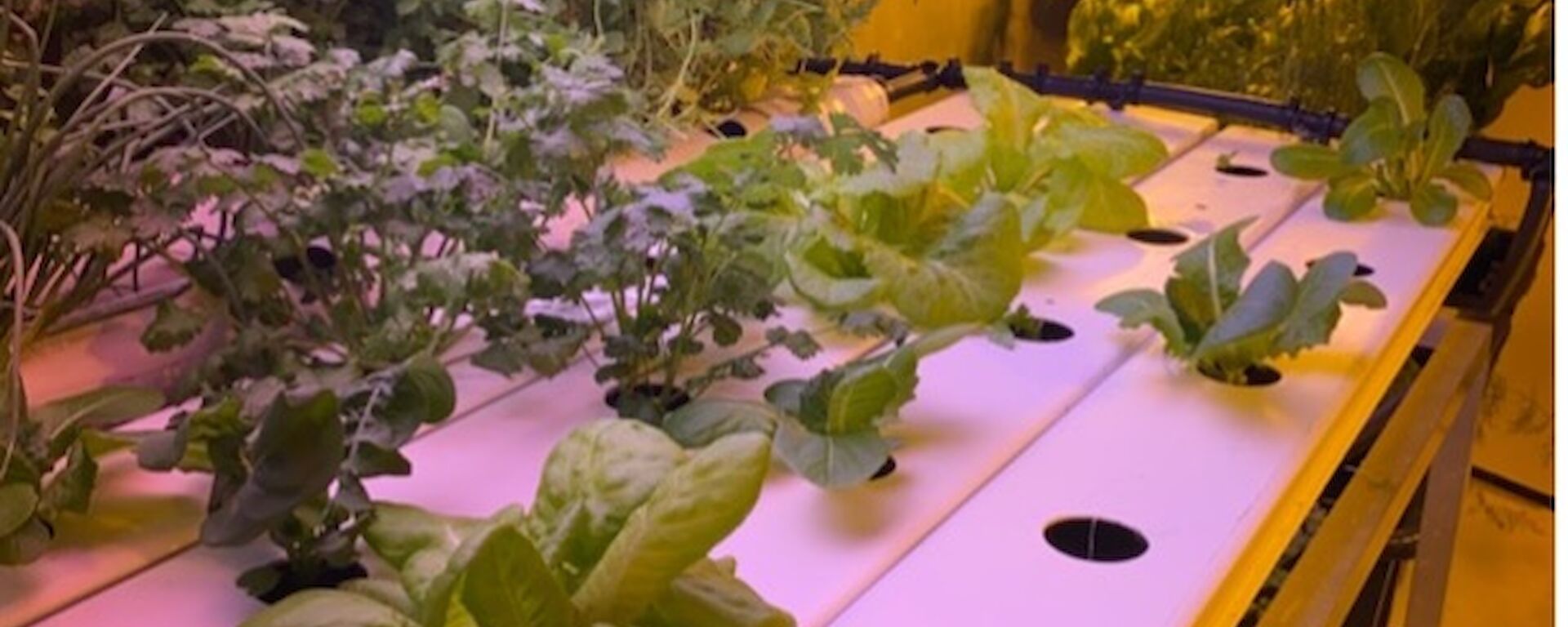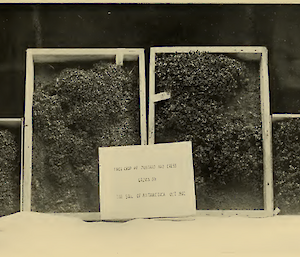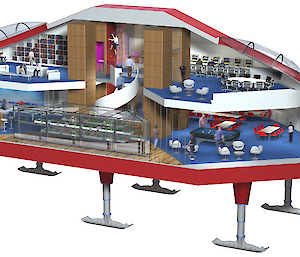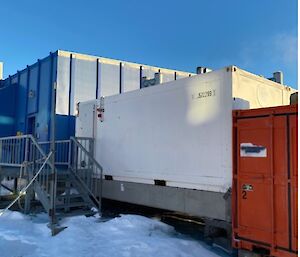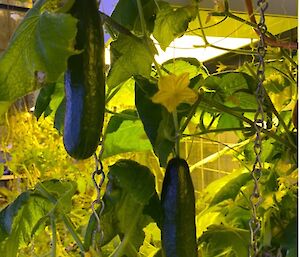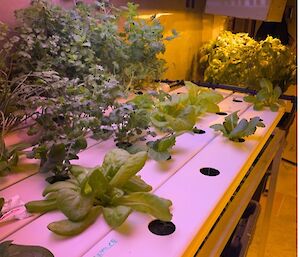As far back as Scott’s Discovery Expedition in 1901-1904, Antarctic expeditioners have been growing plants and cultivating food for health and for science. Dr. R. Koettlitz, surgeon and crew botanist, grew a number of crops aboard the ship Discovery while it was trapped by the ice in Winter Quarters Bay, at McMurdo Sound.
Various expeditioner driven horticultural activities have been conducted at Australian stations since the late 1960s. Casey (REPSTAT) station was cultivating in 1969 using a small scale, natural light, plant growth system installed beside a north-facing window of the cosmic-ray telescope. A larger facility was initiated in 1980 in which a small room was converted into a growing room.
However, concerns over the introduction of non-indigenous species, and in line with the drafting of the Madrid Protocol, all plant growth activities at Australian stations were suspended in 1989. Following the lifting of the ban in 1991, cultivation was sporadic, and not always successful.
Long term activities recommenced at Casey in October 2001. A container facility - two adjoined 20 ft shipping containers, including a small cold porch, was shipped down and assembled.
Twenty years on, that same facility is still going strong at Casey. Cramped conditions and aging infrastructure do little to dampen the spirits of this year's 12 strong volunteer hydro team. Expectations of weekly salads, and the psychological benefits of greenery and fresh produce, makes hydro a major factor for overwintering health and wellbeing.
Recognition of our mental and physical need for plant life has seen Antarctica lead the way in specialised greenhouse research, together with the EDEN International Space Station (ISS) project. The EDEN ISS provides fresh produce for overwintering crews at the German Neumayer III Antarctic station. However, it's primarily designed to advance the readiness of a number of plant growth technologies, particularly for the International Space Station and for future space exploration.
The bright future for our Antarctic stations may see similar fully containerised aeroponic or vertical hydroponic farming. Perhaps internal hydroponic installations, similar to the Halley VI Research Station proposal, which unfortunately was discarded. Our hydro volunteers are ready.
- Robyne Chawner (2021 Casey winter BoM Observer/Hydroponics Coordinator).
References:
Bamsey M., Zabel P., Zeidler C., Poulet L., Schubert D., Kohlberg E., et al. (2014). “Design of a containerized greenhouse module for deployment to the Neumayer III Antarctic Station,” in Proceedings of the 44th International Conference on Environmental Systems, Tucson.
Scott, R. F., The voyage of the 'Discovery' - Vol. 1, Charles Scribner's Sons, New York, NY, 1905.

